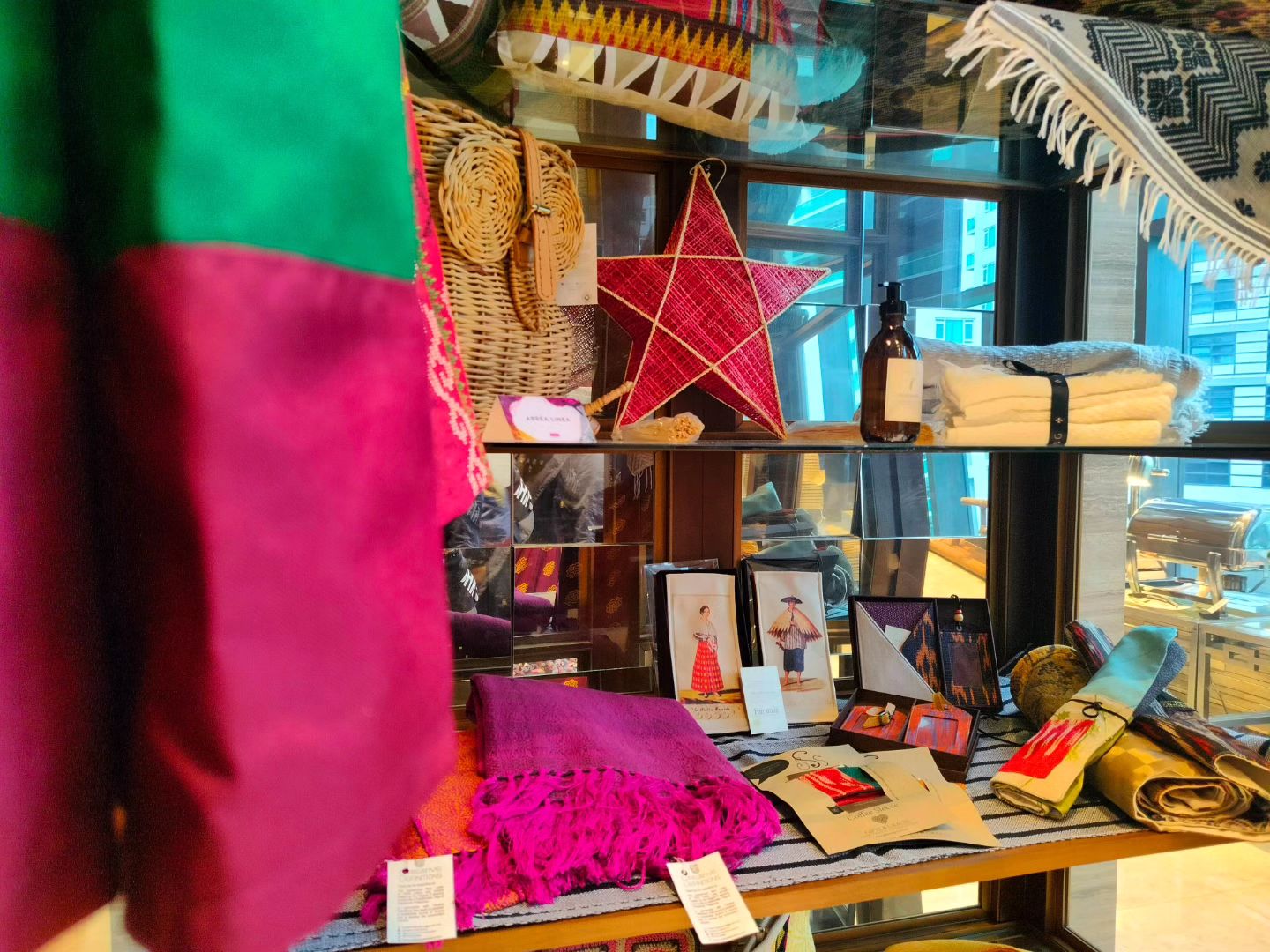For the 13th edition of its annual Likhang HABI Market Fair (slated October 13 – 15 at the Glorietta and Palm Drive Activity Center), members of HABI: The Philippine Textile Council chose a catchy theme that reflects the deepening and ever-expanding digital world we now live in – “Web of Woven Wonders.”

Although it builds on and pays homage, if you will, to the World Wide Web, a ubiquitous and vital information system that now dominates our lives, the fair’s theme is also emblematic of the growing interconnectedness of people, places and things, “the way textiles tie and bind us to each other,” said Adelaida Lim, former president of HABI.
“The country’s traditional textiles and the innovative weaves various groups of Filipinos have come up with are truly wonderful,” Lim added. “The diversity and beauty of finished products, and the consummate skill it took to make them are something we can all be proud of!”
Designer and longtime HABI supporter Len Cabili, the woman behind Filip+Inna and one of the country’s leading advocates of traditional textiles, said: “HABI has made great strides in pushing weaving into the forefront of Philippine culture. These textiles are an expression of our culture. Thanks to the council’s efforts, more people now have a better understanding of the true value of handcrafted textiles and the unique processes they go through.”
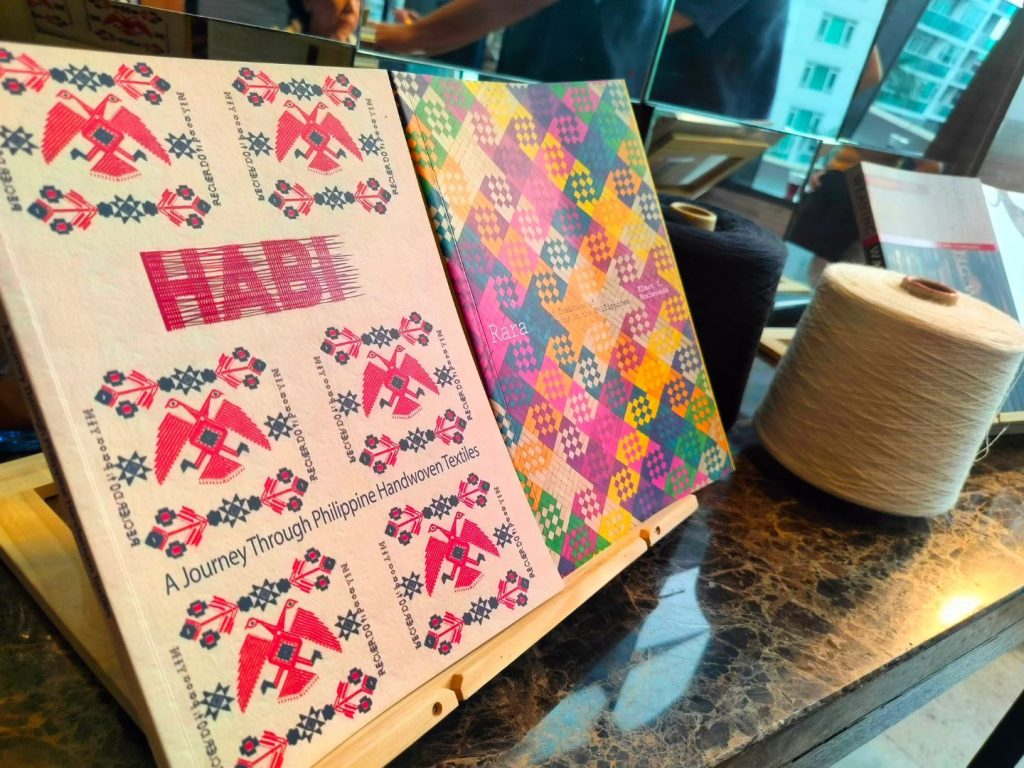
More vendors
A year after its first in-person Likhang Habi Market Fair, which temporarily shifted online in 2020 and 2021 due to the pandemic, this year’s number of vendors is 72. Representing various regional and ethnic groups from all over the country, they will be presenting all under one roof a wide range of hand-woven products – from textiles to ready-to-wear clothes, bags and shoes, home accessories to furniture pieces – made of such materials as piña, abaca, and cotton, among others.
To accommodate the increase in the number of participants, the fair will also be occupying a bigger space this year, from the Glorietta Activity Center all the way up to the area fronting Palm Drive, said Mia Villanueva, current president of HABI.
“Whereas most vendors last year only got one table each, this year, a growing number of participants are getting two,” Villanueva added. “For the first time as well, a number of local government units from such provinces as Aklan approached us directly, asking to rent multiple tables to feature their products.”
As the country’s de facto textile council, HABI has also reached out all these years to its counterparts in the region. This year, for instance, it is again inviting exhibitors mainly from ASEAN countries to join the October fair. As of this writing, a handful of exhibitors from Laos, Vietnam, and Indonesia have confirmed their attendance. Rather than view these foreign artisans and business owners as competition, HABI considers them as valuable sources of ideas and inspiration.
“It’s also good to know what other people are doing,” said Villanueva. “Apart from giving, say, our designers a range of possibilities which they could incorporate with our local textiles, inviting our friends from abroad also helps us to learn from their industries, experiences, and best practices, including the support they’re getting from their respective governments.”
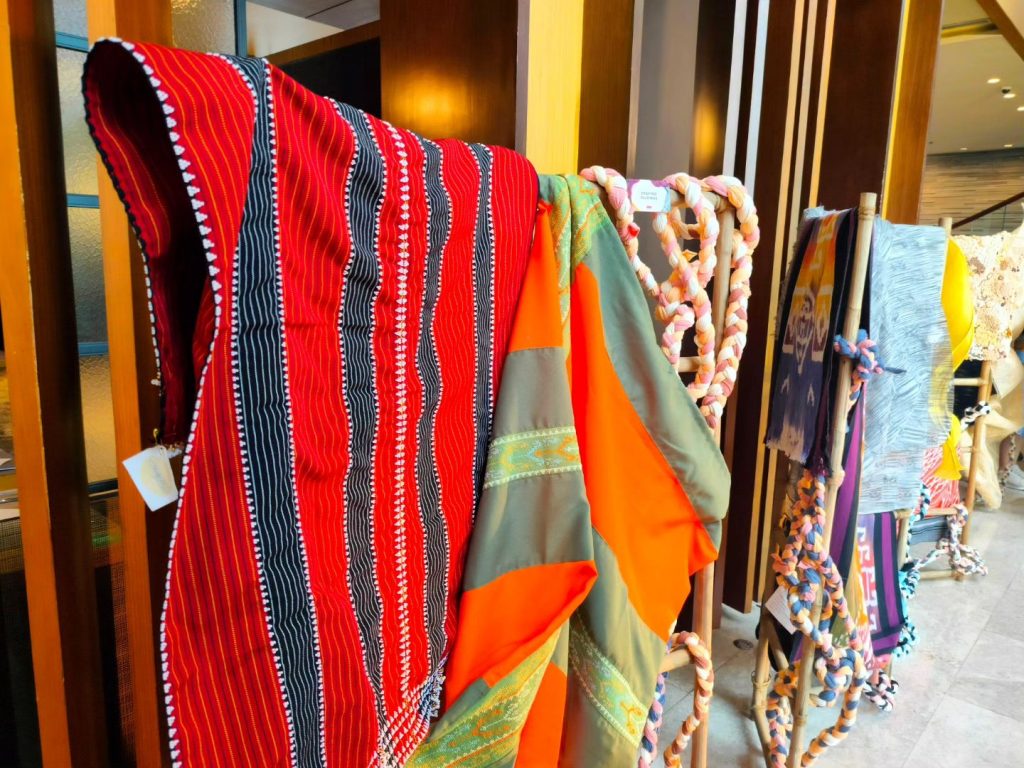
Culmination of HABI’s work
”By creating a marketing platform through the Likhang Habi Fair, the council is able to shine a spotlight on the true value and qualities of natural and sustainable textiles,” Cabili added. “Since the best and most unique textiles from all over the country are featured under one roof, the event also produces negligible carbon footprint, as buyers congregate, linger, and go about looking for the ideal product. Of course, by highlighting our countrymen’s best handiwork, the fair also creates dignified employment for everyone involved.”
Again, as Villanueva reiterated, although the fair is the council’s most high-profile project, connecting a thriving grassroots industry with its market and allowing countless weavers and business owners to promote and earn from their artisanal outputs, the much-awaited buying event is simply a culmination of its annual year-round efforts, which began with HABI’s inception in 2009.
With generous support from Ayala Land and the Ayala Foundation, Likhang HABI Market Fair has been held ever since at Glorietta. The council has also gained monetary support from various donors as well as grants from various public and private institutions and corporations.
As a non-profit organization, HABI doesn’t earn anything from its annual market fair. Whatever percentage it charges from the gross income each exhibitor earns is plowed back to cover basic expenses, including the staging of next year’s event. Over the years, rental fees it charges exhibitors have remained reasonable to allow more participants, including fledgling start-ups and small exhibitors, to join. First-timers are usually grouped together in a common section called the HABI booth.
“You bring them to the fair, especially first-timers, and they see for themselves the competition. They see what customers want,” said Maribel Ongpin, one of HABI’s founding members and former chairperson, during a previous interview.
The help extended by HABI has gone beyond marketing to help stimulate sales for the country’s weavers of heritage. Next year, for instance, Villanueva, a designer and entrepreneur herself, plans to organize accounting and business-related workshops for interested weavers to help them streamline and put some order in their operations.
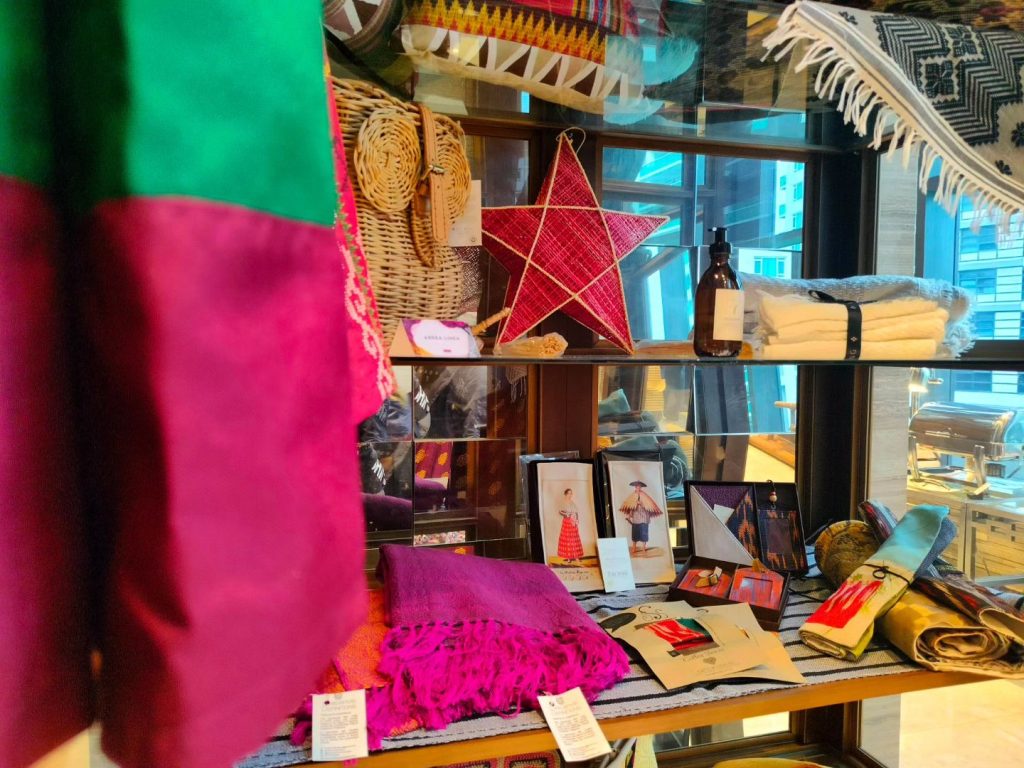
Two competitions
And in keeping with its principal mandate to promote hand-weaving and invariably products resulting from such endeavors as well as uplift the livelihoods of the country’s traditional weavers, the council is also holding several events during the three-day fair, chief among them two competitions: the 6th annual Lourdes Montinola Piña Weaving Competition and the 2nd Eloisa Hizon Gomez Abaca Weaving Competition.
Apart from recognizing the best works produced by some of the country’s weavers, both competitions aim to promote and bolster the art of hand-weaving, which, based on HABI’s previous experiences, especially with piña, has resulted not only in innovation, but also in the reemergence of what was previously thought as lost styles and weaving techniques.
Filip+Inna will be sponsoring the Innovation Award for this year’s piña competition. According to Cabili, the award is a necessary and fitting honor given to maker/s of the best pure piña fabric.
“A few years ago, when I was one of the judges of the piña competition, I saw the need to differentiate new blends of the piña textiles from its unadulterated form. While it’s essential to innovate, proper honor and recognition should be given to those behind the best pure piña or liniwan piña fabrics. We need to show the distinct qualities of the different grades of piña textiles,” Cabili explained.
In its desire to be more broad and inclusive by appealing to a younger market, HABI is featuring the works of Paul Jatayna, a young multi-disciplinary artist and production designer whose signature creations fuse seemingly disparate and unyielding elements such as metal and concrete with fluid once like textiles.
His textile exhibit, which coincides with the fair, promises to be a multi-sensory and interactive experience involving visual and audio components and rendered as if visitors were in a living room. As for the pieces themselves, he envisions them as fixtures crafted from patchworks of different fabrics incorporating six regional textiles Jatayna hand picked himself.
“He will also be producing a short video revolving around his textile exhibit’s theme,” said Villanueva. “These efforts, again, underscore HABI’s education aspect, as we try to attract a bigger, younger crowd. It’s also in line with our idea of making the fair more than just a selling platform. We are all excited to witness such an immersive and experiential exhibit!”
HABI’s efforts have extended to the production of documentaries and the publication of books to promote and put into context the country’s long and rich hand-weaving tradition, including its history, and the important role it plays as part of the country’s culture.
Dubbed as “The Threaded Traditions Series,” the three HABI-produced documentaries focus on the textiles of Panay Island, the ikat of the Cordillera, and the inabal of the Bagobo Tagabawa. Weavers, speaking in their respective mother tongues, were interviewed to provide viewers firsthand insights on their work and the one-of-a-kind textiles they produce.
“At the onset of the pandemic, we ventured into the production of these documentaries. They have been shown in museum exhibits and cultural conferences abroad. They are also available for classroom screenings upon request through our website,” said Lim.

Piña Futures Book
Its fourth and latest book, “Piña Futures: Weaving Memories and Innovations” written by Panay native Dr. Randy M. Madrid, is edited by seasoned writer, cultural advocate and longtime HABI supporter Felice Prudente Sta. Maria, who shared a number of points related to the book “that feed or weave into the fair itself.”
A forward-looking book, said Sta. Maria, “Piña Futures” highlights positive updates in sustaining heritage fabrics made of locally grown natural fibers, including interesting and inspiring work done by researchers and weavers to search for and revive certain antique patterns and textures, which were previously thought to have been lost, and weave them back into the piña fabric. A part of the book also delves into the country’s natural dyes that have almost disappeared.
Setting its sights on the future, the book also provides readers a glimpse of new and innovative post-weaving developments. Apart from exquisite embroidery and other forms of traditional finishing, which for generations have been done mostly in the Southern Tagalog provinces, the piña fabric itself first took root and later flourished in the island of Panay as early as the 18th century. It reached its golden age in the 19th century, becoming the fabric of choice for formal occasions among the elite and educated families of the day, including that of the country’s national hero Jose Rizal.
On a more practical note, the book also provides valuable insights on how to reuse and upcycle vintage and slightly damaged piña either as full fabrics or as accents that make up new articles of clothing.
Since Madrid himself hails from Panay, the book, more importantly, records the voice of Panay. “Many of us who have been engaged in cultural work have realized since way back the fact that we need local voices. What’s beautiful about this book is it is written by someone from Panay. It’s local history as remembered by farmers and weavers,” said Sta. Maria.
Then and now, women make up most of the weavers, giving them earning power and a certain degree of influence in the community.
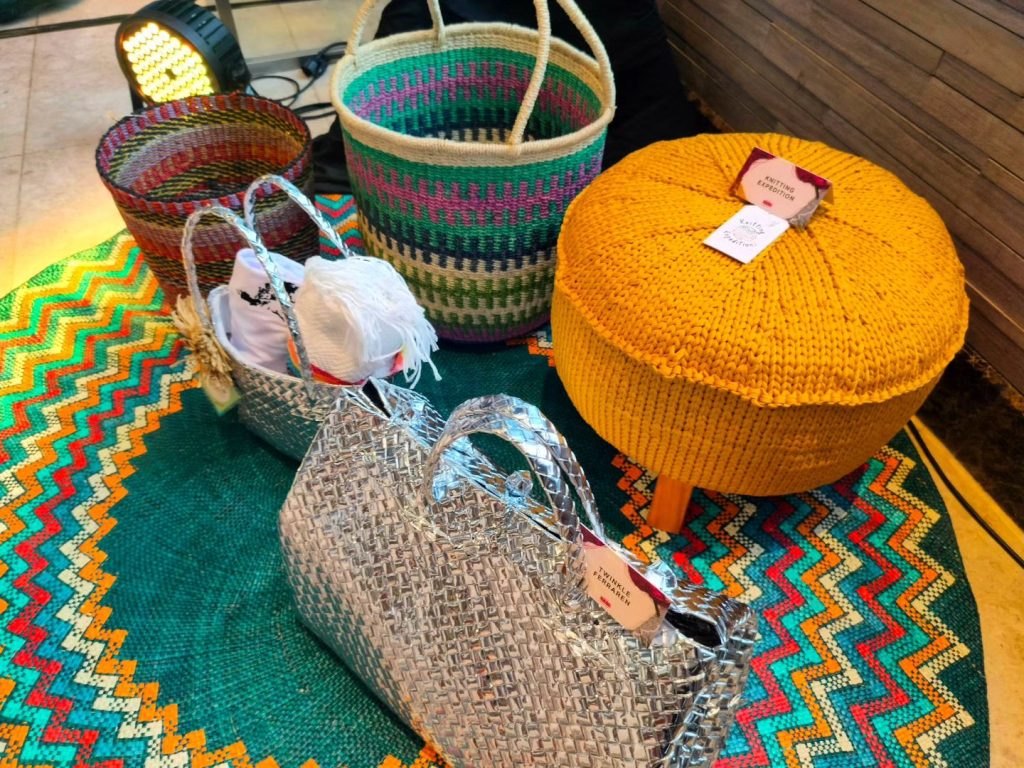
The Filipino experience
But most importantly, the book tells its readers that the Panay experience with traditional weaving and its contributions to the island’s economy and propagation of culture is, by and large, a Filipino experience, replicated in countless communities all over the country that are also into traditional textiles and other related crafts.
“The heritage experience of Panay feeds into the national heritage experience,” said Sta. Maria. “And over the years of doing cultural work, we always remind people that every generation has to relearn its culture from zero. We need to transfer knowledge and create awareness of things we think are important to them so that they can choose and make their own decisions.”
She added: “Our working definition of culture is our heritage of kagalingan and karangalan – our ability to think excellently and do excellent work, and our ability to be noble and honorable about it.”
Translated into fabrics, HABI and the people who buy these textiles need to support the “honorableness of the artisanal trade,” Sta. Maria continued. And this support extends to paying them the right amount not only for their back-breaking labor but also for the rare and exquisite materials they work with. Only then can we give the country’s traditional weavers, including farmers who tended to the sources of raw materials and those who extracted these fibers, their rightful due.

This year, the Likhang Habi Market Fair will feature 72 exhibitors (occupying 91 booths):
|
ABRE LINEA ACCELERATE SULU AISHE FASHION AKLAN LGU ANGIE’S YAKAN ARUGA HANDWOVENS BALAY NI ATONG BALUD CRAFT BEATRIZ ACCESSORIES BICOL SWEETGRASS HANDICRAFTS CAMISA AMANA CARIÑOSA CHULA FASHION COCO & TRES CRAFTED PILIPINAS CREATIVE DEFINITIONS CRYSTAL SEAS DITTA SANDICO EARL GARIANDO ACCESSORIES EN BARONG FILIPINO |
FILIP + INNA
GIFTS & GRACES
HELENA ALEGRE SCULPTURAL JEWELRY HOUSE OF AMODA IDYLLIC SUMMERS IFUGAO IKAT INDIGENOUS ENABEL CRAFT IRAYA MANGYAN ART KALINGA WEAVING KANDAMA SOCIAL ENTERPRISE KAYA MANA KNITTING EXPEDITION KONGTHONG NANTHAVONGDOUANGSY LA BONNE VIE LA HERMINIA LAKAT SUSTAINABLES |
LARONE ARTISANS
MABAYSAY MCV DESIGNS MELOGRANO MILVIDAS MONICA MADRIGAL NATALYA LAGDAMEO NARDA’S HANDWOVEN ARTS & CRAFTS NINA INABEL NOT A DAYDREAM PAKU ALAM PIDAYIT PIESA PIÑA SEDA PRIMERA PINANGGA HAND EMBROIDERY PNAY RAQUEL’S PIÑA CLOTH PRODUCTS RARE FINDS |
RURUNGAN COLLECTIVE RUYAG PH SIEGRID BANGYAY POTTERY SILAHIS ARTS & ARTIFACTS SR. ALFRED CRAFTS STYLE ISLE TADECO HOME TATSULOK THE MANILA COLLECTIBLE CO. TINAMPUSO TRAVEL FUND BY SIRIUS DAN TUWAS YAKAN WEAVERS TWINKLE * FERRAREN TWWWA TAGOLAWANEN HANDWOVEN WEAR YOUR CULTURE WOVEN WVN LIVING |
The 13h Likhang Habi Market Fair is supported by the generous contributions of the Philippine Gaming Corporation (PAGCOR), Marubeni Philippines Corporation, Glorietta Mall Ayala Center, UnionBank of the Philippines, Holiday Inn & Suites Makati, S&R, Emerging Power Inc., AY Foundation, Asia Brewery, and media partners DZRH and RPN DYKB-Bacolod.
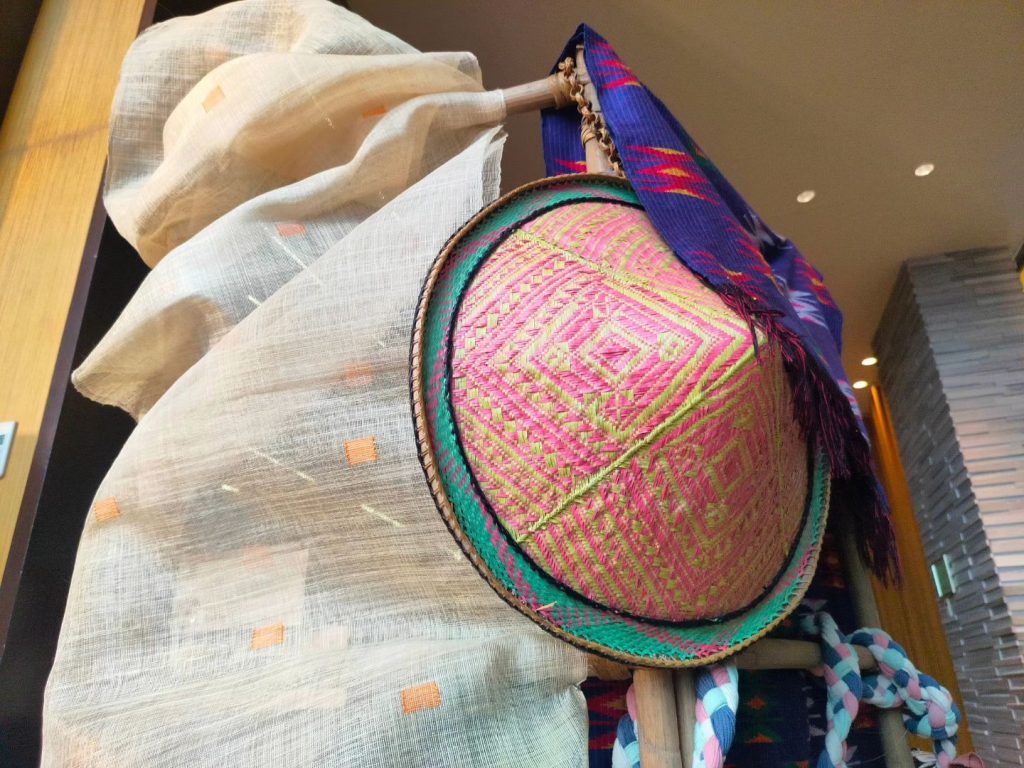
For more information about the Likhang Habi Market Fair, visit the HABI: Philippine Textile Council website: www.habiphilippinetextilecouncil.com or their social media pages on Facebook and Instagram: @HABICouncil.
- Taiwan at the Forefront of Green Economy - July 26, 2024
- Discover Tohoku in the Summer - July 25, 2024
- Back-to-School Tips: How to Make the Most of What You Already Have - July 25, 2024
